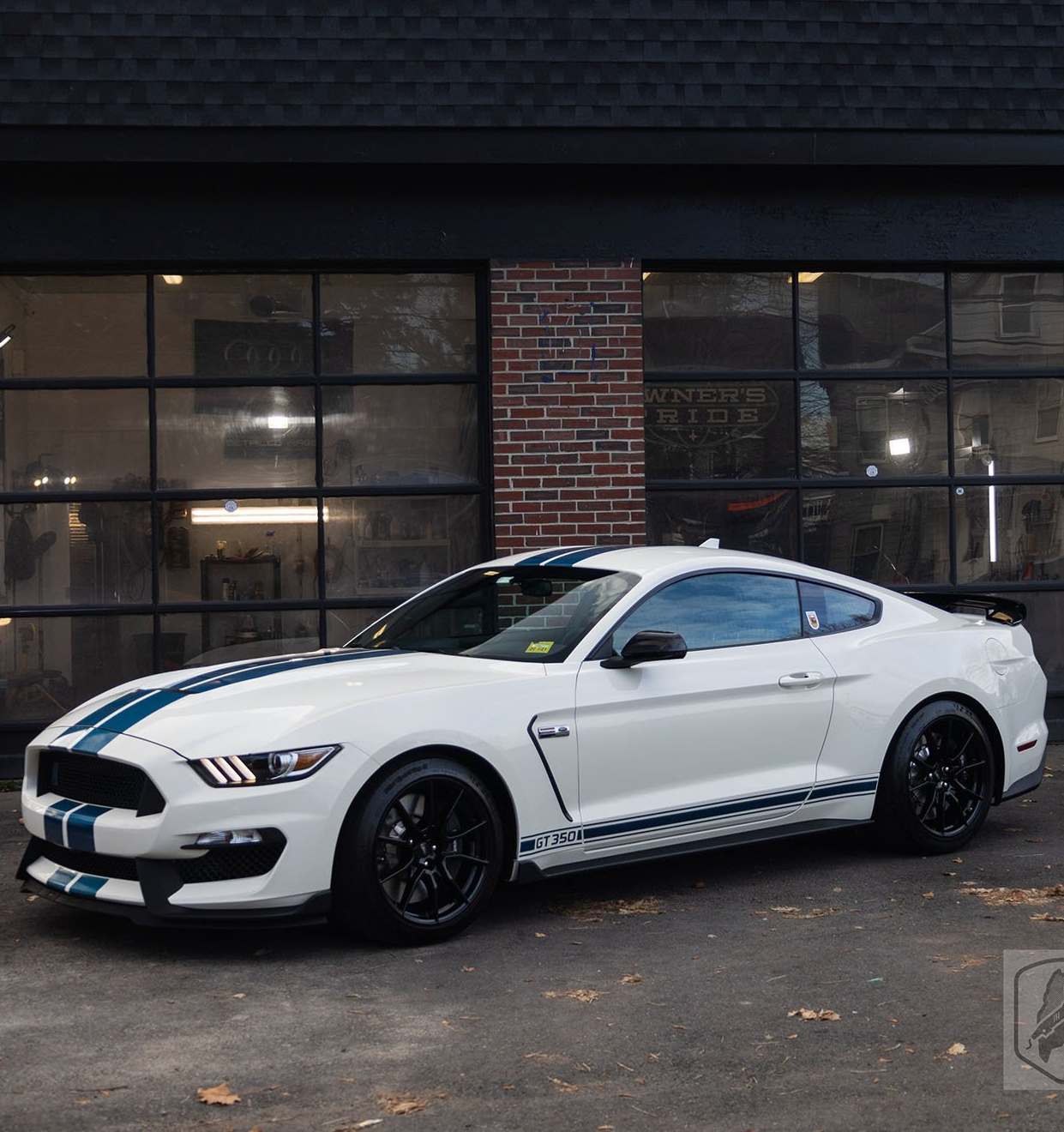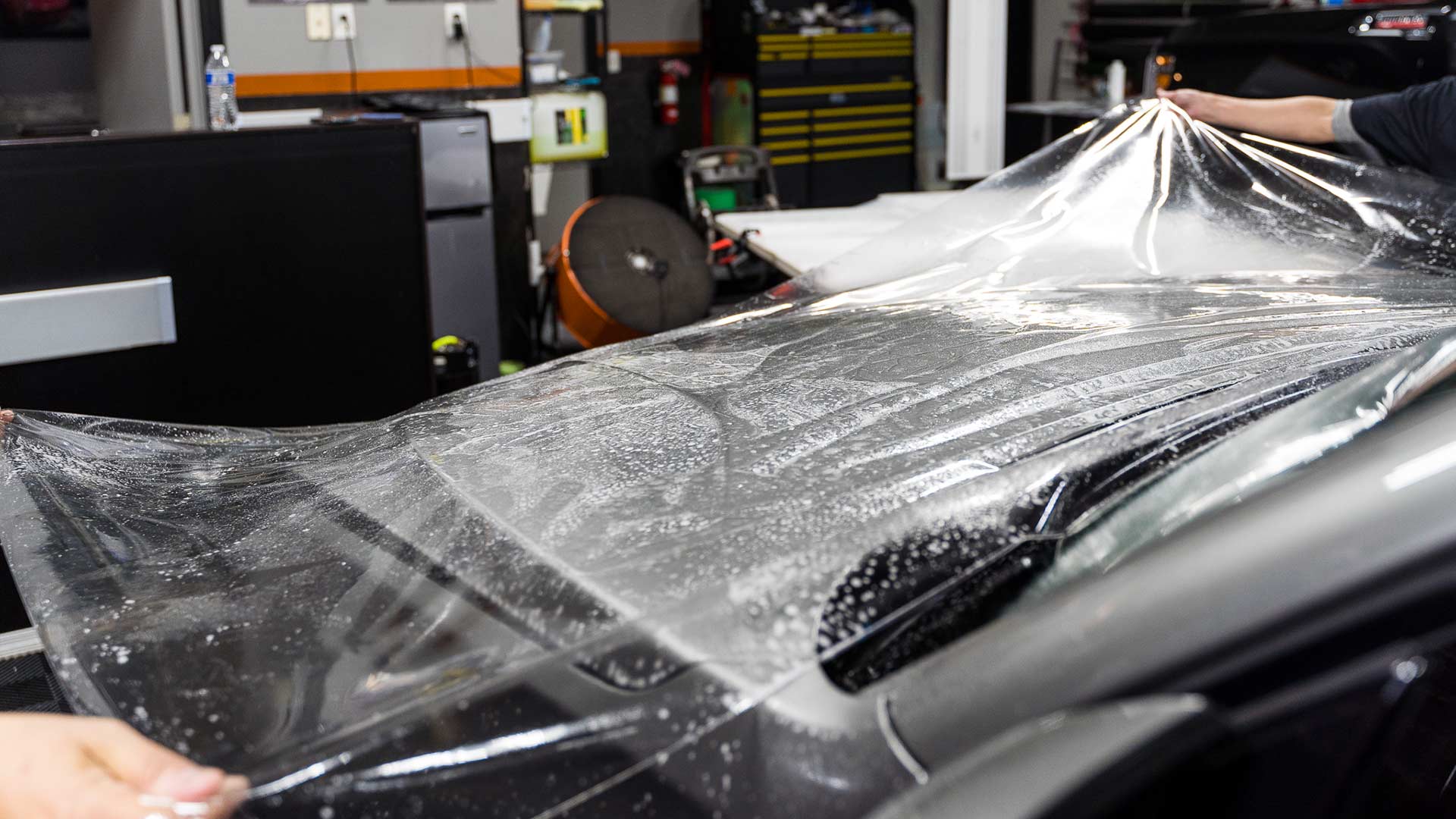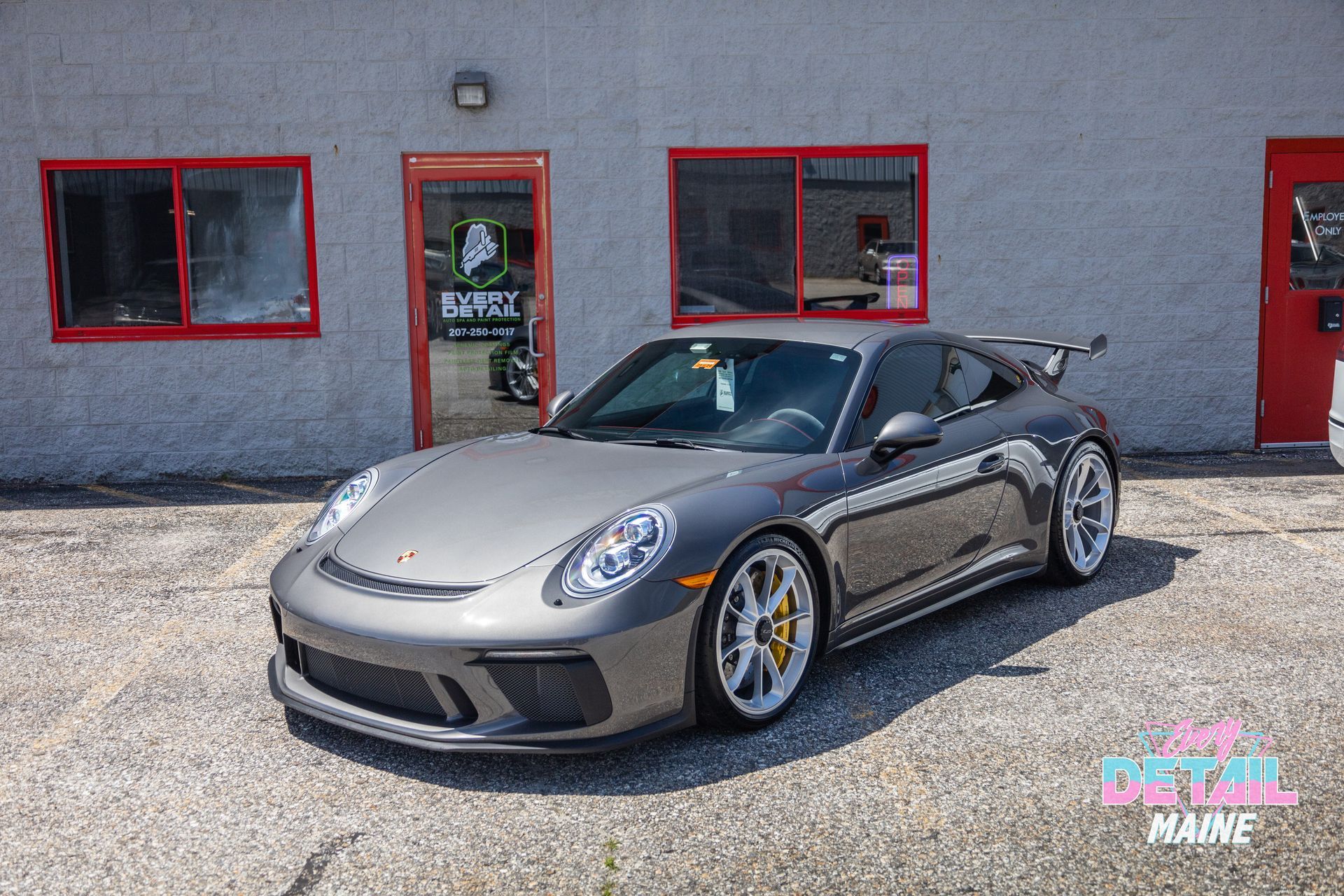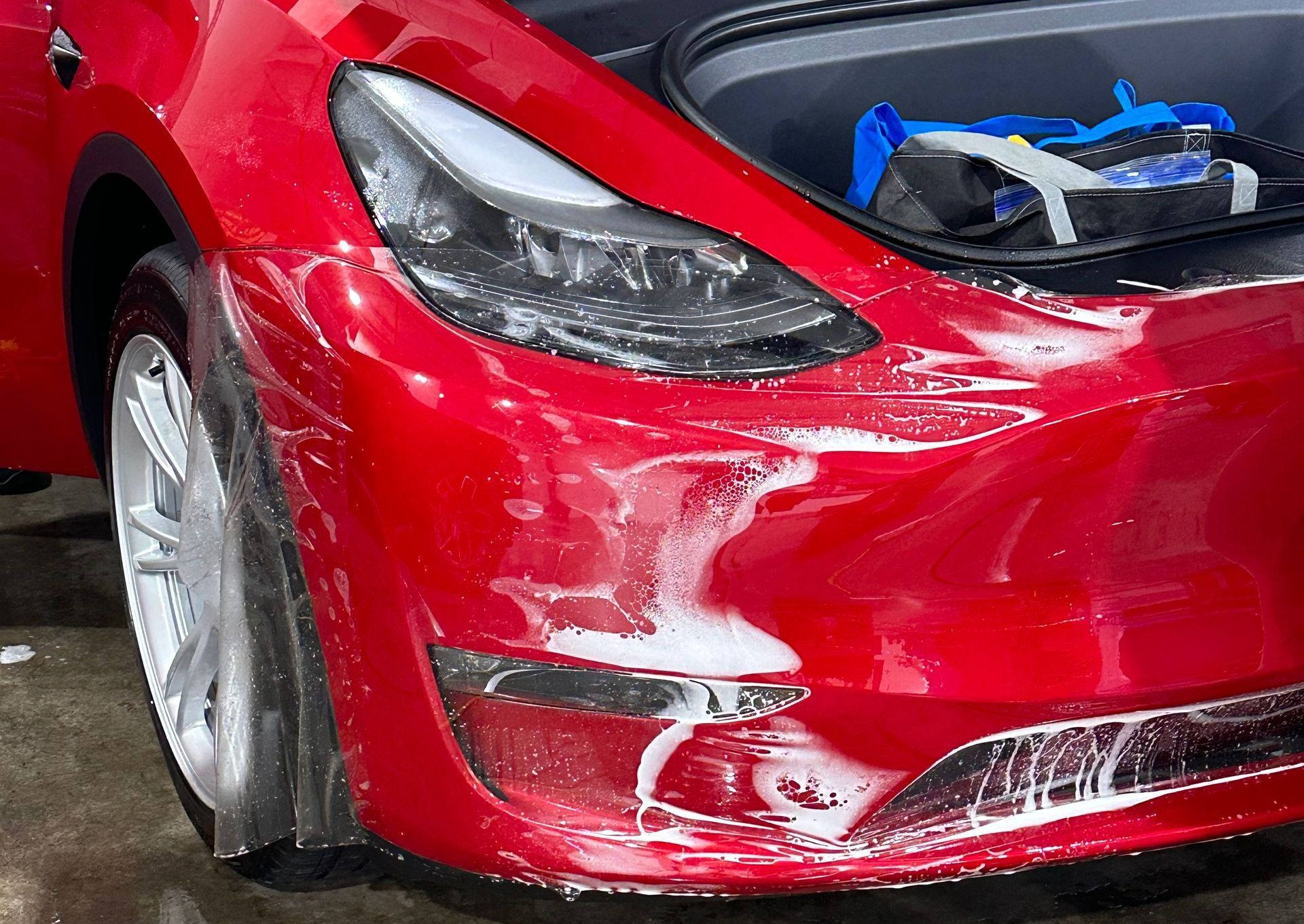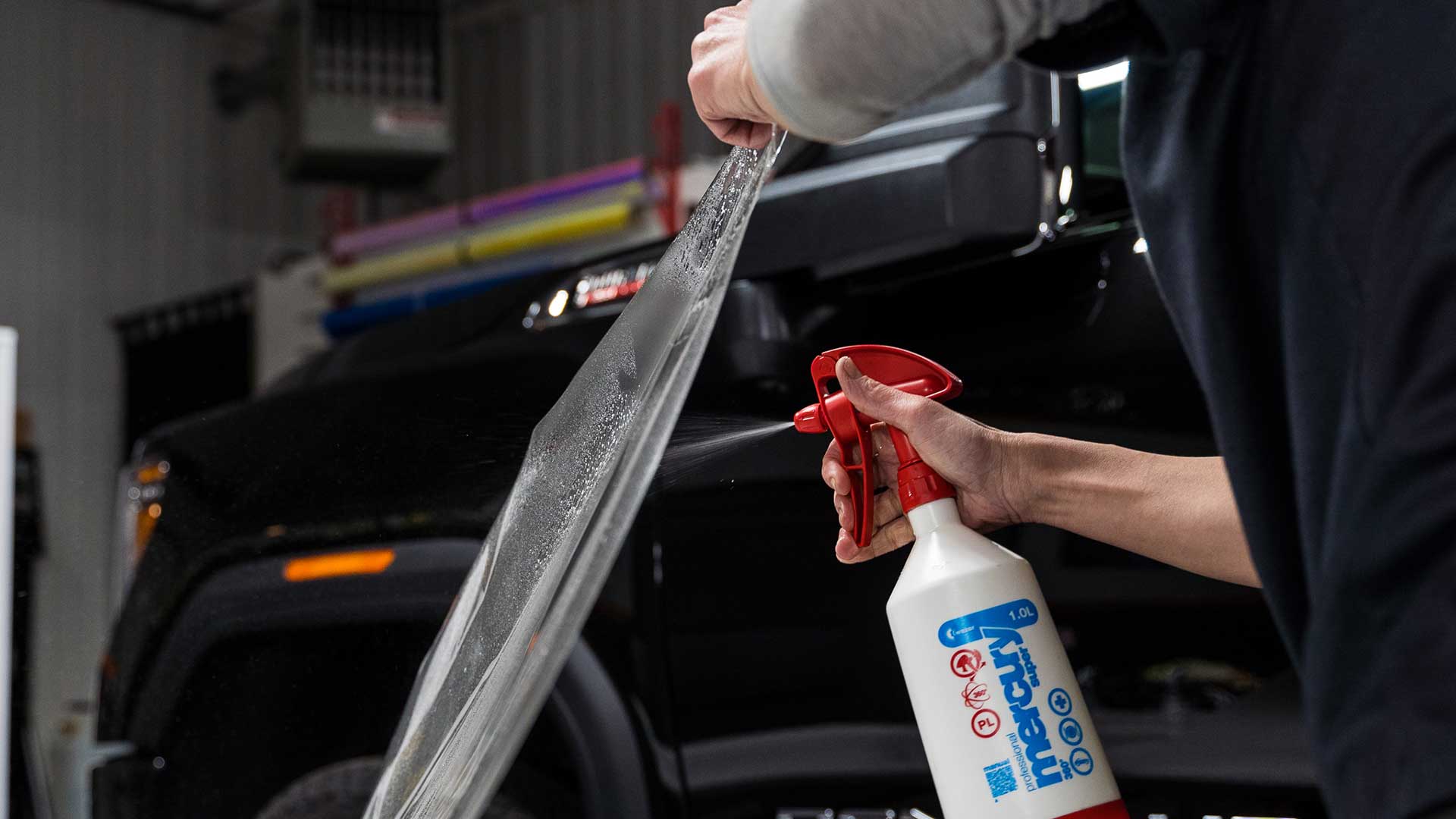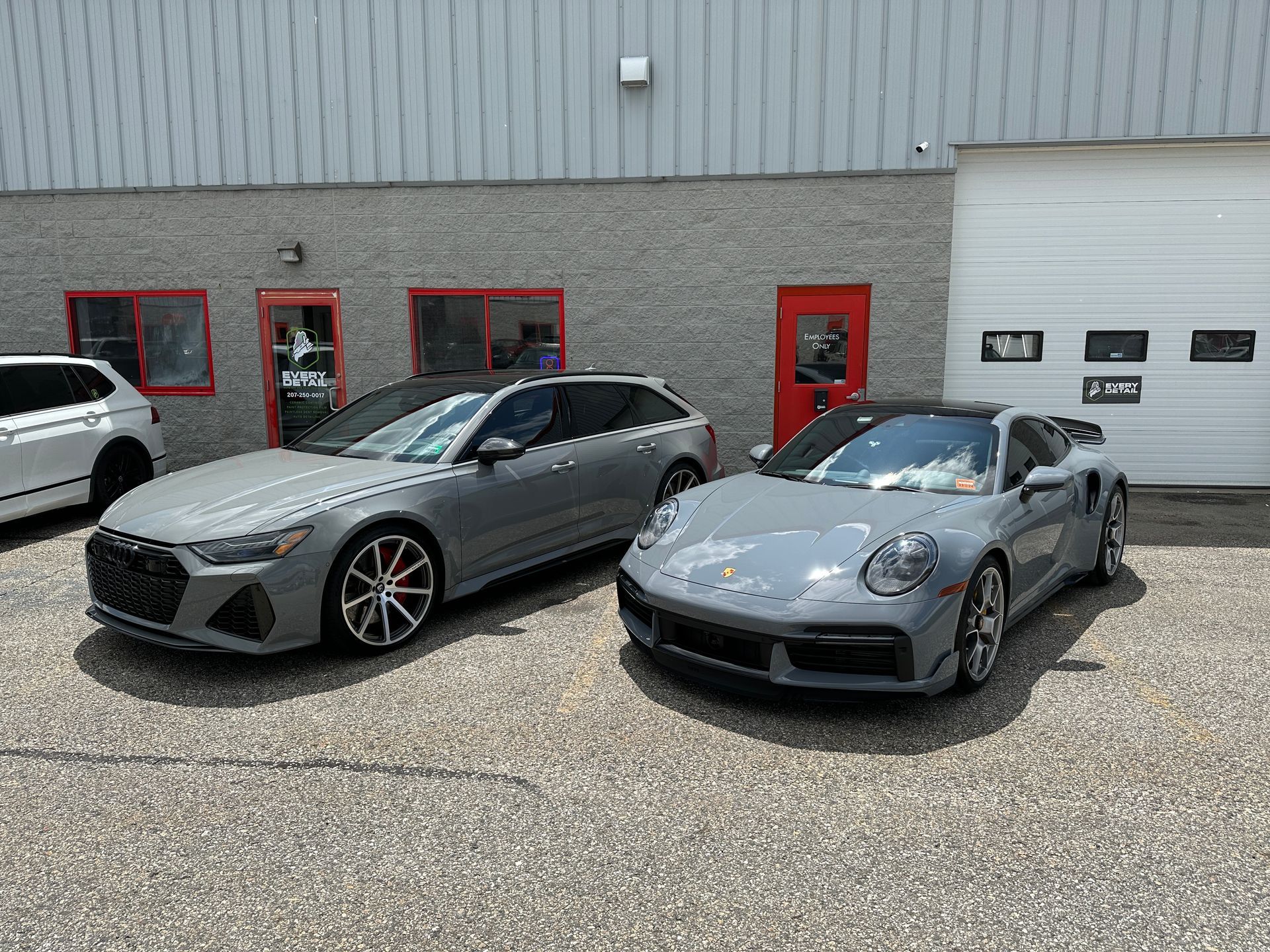ABOUT US
Every Detail has spent several years in the automotive detailing business building a trusted team of paint protection professionals and vehicle detailers that can guarantee that your automobile will look brand new when leaving our Portland, ME shop. We offer long-term ceramic coatings and clear bras to keep your paintwork fresh and glossy, intricate interior and exterior vehicle detailing services that restore and protect, and a paint correction process remedying even the worst surface defects. Choose Every Detail today and experience the difference!




